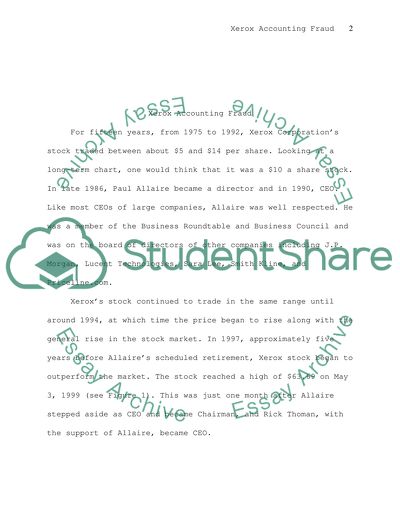Cite this document
(“Xerox Accounting Fraud Essay Example | Topics and Well Written Essays - 2500 words”, n.d.)
Xerox Accounting Fraud Essay Example | Topics and Well Written Essays - 2500 words. Retrieved from https://studentshare.org/miscellaneous/1519193-xerox-accounting-fraud
Xerox Accounting Fraud Essay Example | Topics and Well Written Essays - 2500 words. Retrieved from https://studentshare.org/miscellaneous/1519193-xerox-accounting-fraud
(Xerox Accounting Fraud Essay Example | Topics and Well Written Essays - 2500 Words)
Xerox Accounting Fraud Essay Example | Topics and Well Written Essays - 2500 Words. https://studentshare.org/miscellaneous/1519193-xerox-accounting-fraud.
Xerox Accounting Fraud Essay Example | Topics and Well Written Essays - 2500 Words. https://studentshare.org/miscellaneous/1519193-xerox-accounting-fraud.
“Xerox Accounting Fraud Essay Example | Topics and Well Written Essays - 2500 Words”, n.d. https://studentshare.org/miscellaneous/1519193-xerox-accounting-fraud.


